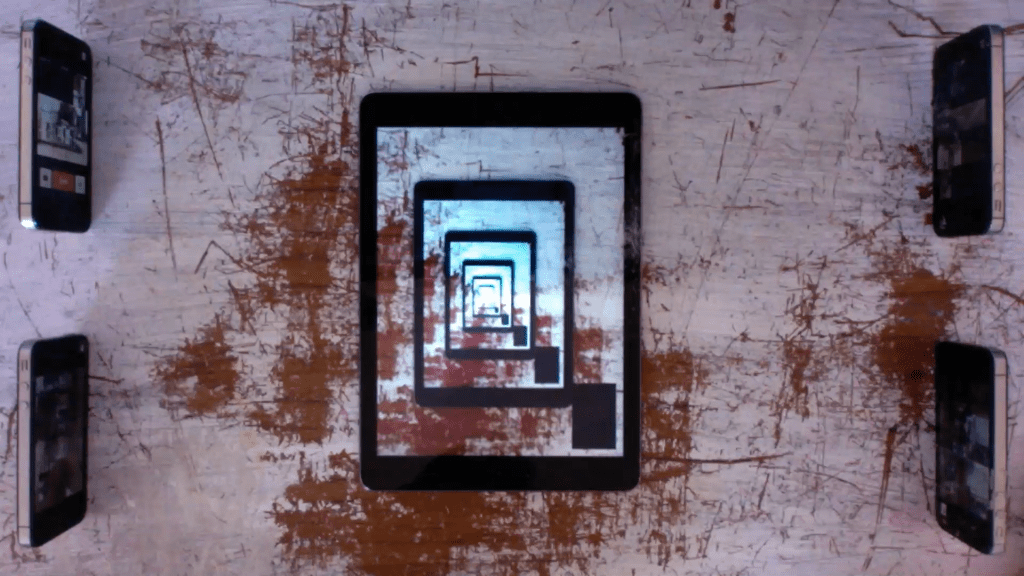
Best Before: Colby Richardson’s Performance for Aging Apple Devices
17 February 2022By Madeline Bogoch
Last year at Platform Centre in Winnipeg, during a slyly theatrical lecture-performance by emerging media artist Colby Richardson, the tall and affable filmmaker quoted fellow Winnipeg artist Mike Maryniuk: “I work with the latest technology to hit the local thrift stores.” This sentiment is an ethos that echoes through Richardson’s interdisciplinary practice, which habitually resurrects media detritus by placing it into bold new arrangements, in order to revel in the afterlife of obsolete equipment. As significant a role as these technologies have played in Richardson’s practice, I took his framing of Maryniuk’s quote to imply that his was not an aesthetics of nostalgia, but rather of access and experimentation.
Continue Reading


